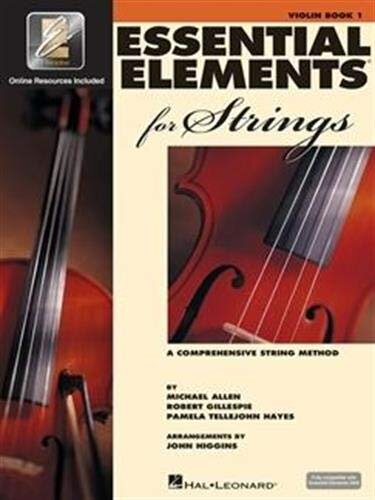Which Beginner Violin Book is Right for You?
Choosing the right violin method book can be a daunting task! If you are taking private violin lessons, be sure to ask your teacher their preferred book before purchasing something. Each method book approaches beginner violin differently, and every teacher has a preferred teaching style, especially for beginners. You will most often use some combination of these popular books below.
Suzuki Violin School Volume One
Suzuki Violin School Volume One is an excellent, comprehensive method book for beginners that covers a wide variety of essential techniques. Many Suzuki and traditional teachers prefer this book for its compelling repertoire and systematic approach to new techniques. Students learn to play using the A and E strings for the first half of the book, mostly in the key of A Major. The second half of the book introduces the D string, and the “low 2” finger pattern, with pieces in the key of G major. Students learn 3 different finger patterns, slurs, hooked bowings, and various musical forms. This method book can take anywhere from 9 months to 3 years to complete, based on the student’s age and quantity of practice. Most students finish this book in 1 to 1.5 years. There are 10 Suzuki Volumes in total, with repertoire ranging from Twinkle, Twinkle Little Star to Mozart Violin Concertos.
Suzuki Volumes can be purchased either with or without the CD recording. Many students prefer downloading digital versions of the recordings, so they can listen on their phone or tablet. Other students have a CD player that they like to use. The most important thing is that the student listens to the recording daily, so decide which is most convenient for you.
Suzuki Book without CD $8.99
Suzuki Book with CD $19.99
I Can Read Music, by Joanne Martin, is an excellent companion to the Suzuki Books. It teaches students the fundamentals of note reading in a clear, kid friendly way. In this book, the pitch and rhythm aspects of note reading are separated, so students can learn each skill solidly before combining them. Each page is a new lesson, consisting of 5 lines of music. Students can easily track their progress, because it is easy to complete several lessons in each practice session. Everything is written in large print, which is easier to read than traditional, small print music.
The pitch exercises start with the open A string and 1st finger on A. Students can easily track the movement of the note head, which indicates changes in pitch. In the beginning, each lesson introduces one new note, so students gradually build upon their knowledge. The real beauty of this book is randomness of pitches in many of the lines. Students with very strong aural skills sometimes rely on their ears to guess the notes instead of relying on their eyes to read the notes. It is quite common for Suzuki students to think they can read music, but in reality they are using their extraordinary listening skills to guess which notes come next. Martin has expertly written tunes that are impossible to guess, so students are forced to only rely on their note reading skills to play. As the lessons increase in difficulty, students learn pattern recognition, step-wise and leap-wise movement, and the importance of intervals.
The rhythm section of this method book focuses on time signatures and feeling the beat right from the start. Martin begins with basic rhythms like quarter notes and half notes, and gradually introduces all the rhythmic values, including ties, in a variety of time signatures. Teachers can add bowings these exercises to increase the level of difficulty for their students.
Although this is not a stand alone method book, I Can Read Music is an excellent supplement to any method book your teacher uses. Students who complete this book have an excellent foundation in note reading that will improve every aspect of their playing as they progress. In Volume 2 of I Can Read Music, students learn to play duets with their teacher, and are able to combine pitch and rhythm in their note reading, along with bowings and form.
I Can Read Music, Vol 1: $13.99
Essential Elements is a tried and true method book for beginner violinists. This book is trusted by most school districts in beginning strings or orchestra classes. Many private teachers choose to use Essential Elements as well, because the instructions are clearly laid out. All of the songs and exercises in this book are very short, usually only one or two lines of music. This book is different from the Suzuki books, because it focuses on the D and A strings instead of the A and E strings. Students learn by plucking at first instead of using the bow, and note reading is prioritized right from the start. The book has a nice progression of skills, and teaches multiple finger patterns, string crossings, and bowings. With 195 songs, students never have a chance to get bored and they can really see their progress! Note reading skills are clearly laid out with explanations, along with bits of music history sprinkled in. Students can expect to learn multiple key signatures, time signatures, bowing patterns, and rhythms.
Essential Elements $9.89
Early Start on the Violin by Sassmannshaus is a great method book for young beginners. This book has a pacing similar to the Suzuki Violin book, but emphasizes note reading and music theory right from the start, like Essential Elements. A unique feature of the Sassmannshuas method is the early introduction of the 4th finger (pinky) to help aid with the development of a proper hand frame.
This book uses large, kid friendly print along with beautiful illustrations on every page. Every piece has lyrics printed in the music, so kids can sing the songs as well as play them. Various rhythms, bowings, and key signatures are introduced in this book, and students learn to play on all four strings in first position. Helpful notes are added on each song, explaining the importance of each piece. The Sassmannshaus Tradition consists of 4 different method books, for beginner to intermediate players, Book 1 works well for students age 5-7 years old with parental involvement and an experienced teacher.





